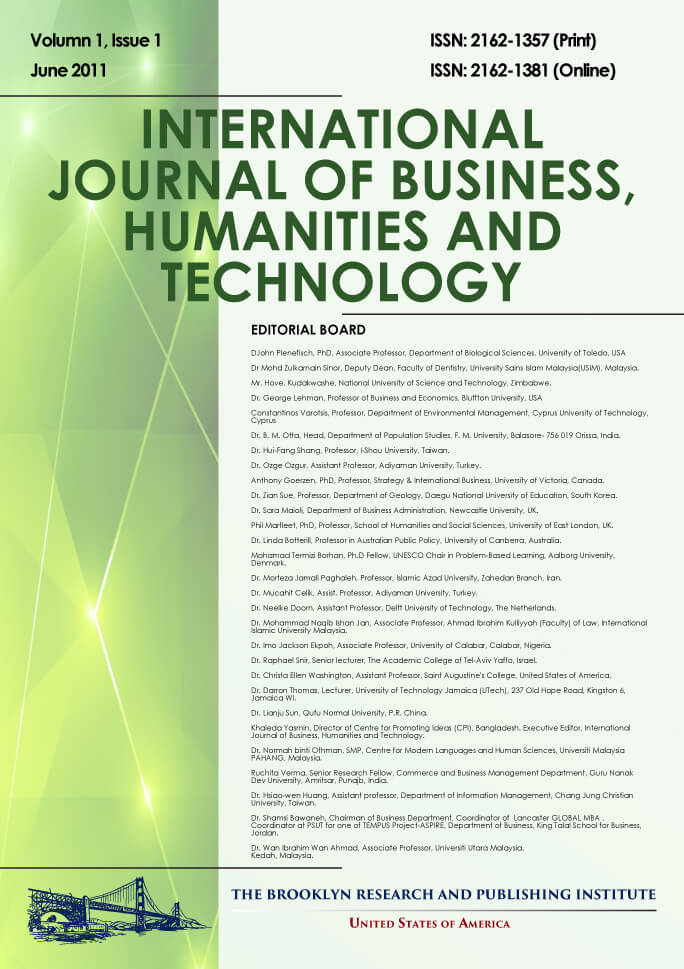A Case of Spatial Transformations in Complex Business Data Visualizations
Dr. John Tan
Abstract
Spatial Transformations are the mental operations that users perform on graphs and visualizations in an effort to extract information that is not explicit. Unfortunately, previous research in the area of Spatial Transformations employed a statistically insignificant number of subject participants (e.g. astronomers, physicists, meteorologists, or undergraduate students). Although graph comprehension theories suggest that a set of two-dimensional line graphs is a better representation for a task involving interpolation of values, the accuracy of the participants viewing a single three dimensional perspective display exceeded that of those participants who viewed a set of two-dimensional line graphs in their interpolation of new values of return on equity. A contributing factor to better accuracy is the mental operations in the form of Spatial Transformations. This study contributes to the existing literature by demonstrating that statistically significant sample size of forty-one undergraduate students, with particular domain knowledge of return on equity, performs Spatial Transformations to complete a task involving interpolation of values from a single three dimensional perspective display.
Full Text: PDF

The Brooklyn Research and Publishing Institute
442 Lorimer St, Ste D, Brooklyn, NY 11206, United States
© 2025 The Brooklyn Research and Publishing Institute. All rights reserved.

